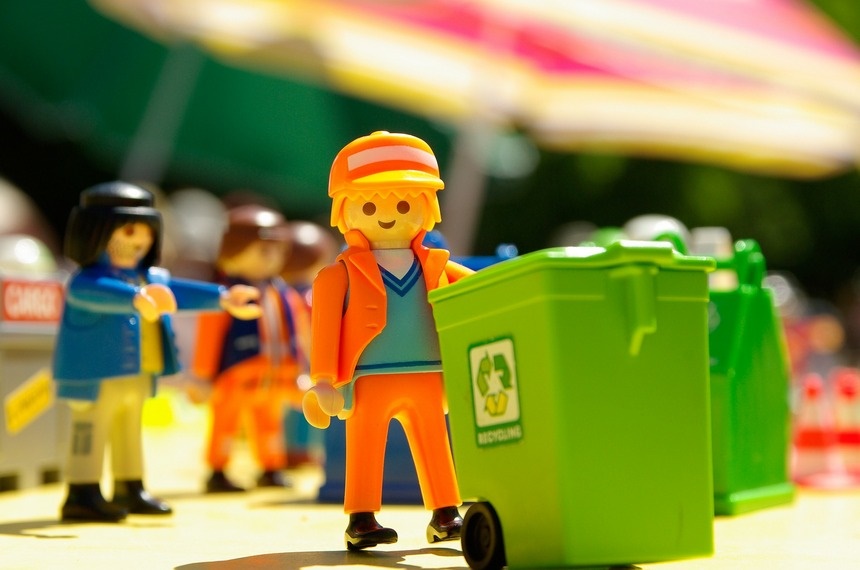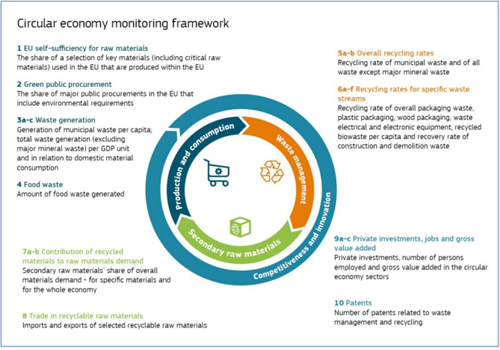
European Commission monitoring framework for the circular economy
The EU’s Circular Economy Package (CEP) has taken another step closer to fruition after the European Commission finalised its proposal for a Circular Economy Monitoring Framework to track the EU’s progress against the ambitions and objectives stated in the CEP.
In a meeting in Brussels on 8 March, the monitoring group of the European Economic and Social Committee discussed the draft Circular Economy Monitoring Framework, which states that ‘monitoring the key trends and patterns is key to understanding how the various elements of the circular economy are developing over time, to helping identify success factors in Member States and to assessing whether sufficient action has been taken. The results of monitoring should form the basis for setting new priorities towards the long-term objective of a circular economy. They are not just relevant to policy makers, but should inspire all and drive new actions’
Monitoring progress towards a circular economy is a challenging task. The transition towards a circular economy is not limited to certain materials or sectors. It is a systemic change that affects the entire economy and involves all products and services. Ideally, indicators should primarily capture trends in preserving the economic value of products, materials and resources as well as trends in waste generation
One way of looking at the circular economy is to see how materials enter, flow within and (eventually) leave the economy. Such a visual overview can be provided by a material flows diagram, which shows all raw materials — aggregated as well as grouped by categories of materials — throughout the economy, from their extraction until they become waste.

The figure above presents an overview of material flows in the EU in 2014. The input-side on the left shows that 8 billion tonnes of materials are processed into energy or products annually in the EU. Only 0.6 billion tonnes originate from recycling. On the output-side, it shows that out of the 2.2 billion tonnes of waste that are generated only 0.6 billion tonnes re-enter the system as recycled materials. The rest of the materials, equivalent to 1.5 billion tonnes, is waste.
These aspects point to a significant potential for improvement in particular by increasing the share of materials recycled as secondary raw materials and decreasing the production of waste. The monitoring framework aims at measuring progress towards a circular economy in a way that encompasses its various dimensions at all stages of the lifecycle of resources, products and services. This is why the monitoring framework has a set of ten indicators (see below) grouped into four stages and aspects of the circular economy: (1) production and consumption, (2) waste management, (3) secondary raw materials and (4) competitiveness and innovation. This broadly follows the logic and structure of the circular economy action plan.

For more information about the methodologies and the first findings of the monitoring framework please follow the official link of the Commission here.
To check the Circular Economy Indicator for each country, check the official website of Eurostat here.
Author: Marco Matrisciano (Abis - The Academy of Business in Society)

Follow us on